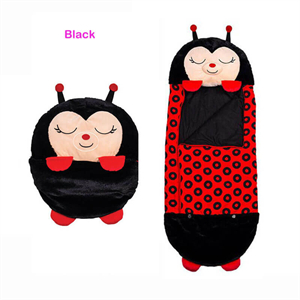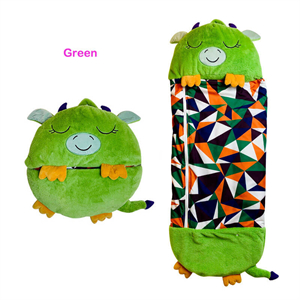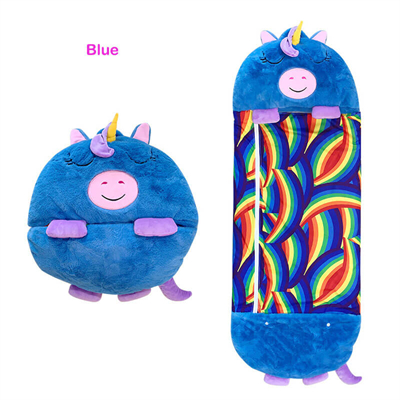Sleeping bag is one of the essential equipment for outdoor travelers. A good sleeping bag can provide a warm and comfortable sleeping environment for campers in the wild, so that their physical strength can be quickly restored. The working principle of the sleeping bag is that it can form a non-circulating air barrier between you and the damp and cold air or the ground. Once this air barrier is warmed by your body temperature, it can be separated from the sleeping bag itself. Warm filling materials together have a good temperature insulation effect.
A perfectionist also considers the following two factors when choosing a sleeping bag. They are:
1. Sewing method. The temperature insulating layer of ordinary sleeping bags is simply sandwiched in the sleeping bag fabric. Some advanced sleeping bags adopt a vertical lining design in the structural design, that is, a vertical lining that is perpendicular to the surface of the sleeping bag is sewn between the inner and outer fabrics of the sleeping bag. This design better prevents the down and feather from moving in the sleeping bag’s temperature insulating layer space, and makes the down and feather distribution more even, thus realizing the improvement of the overall performance of the sleeping bag.
2. The fabric of the sleeping bag. A good sleeping bag should have a waterproof fabric to prevent it from getting wet by dew or condensation in the tent. Because no matter what kind of thermal insulation material is used, the thermal insulation effect of the sleeping bag after being damp will be greatly reduced. Moreover, the fabric of the sleeping bag should have strong breathability to ensure that it will not make you feel bored during use.









